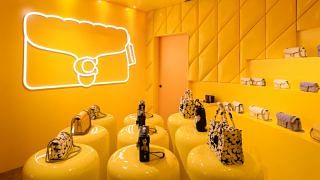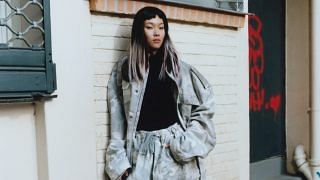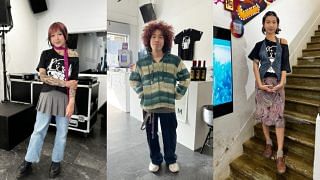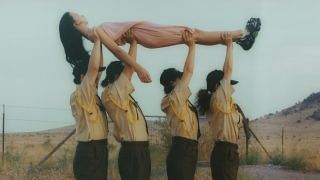It’s hard to capture the importance of Balenciaga’s recent Winter 2021 couture show. For one, it was a return by the house to what’s regarded as the highest form of dressmaking in fashion – handmade creations by a select number of houses for roughly a thousand or so clients in the world.
It’s what Cristobal Balenciaga made his name in, and it was in the arena of haute couture that even giants of fashion like Christian Dior conceded, calling Balenciaga the “master of us all”.
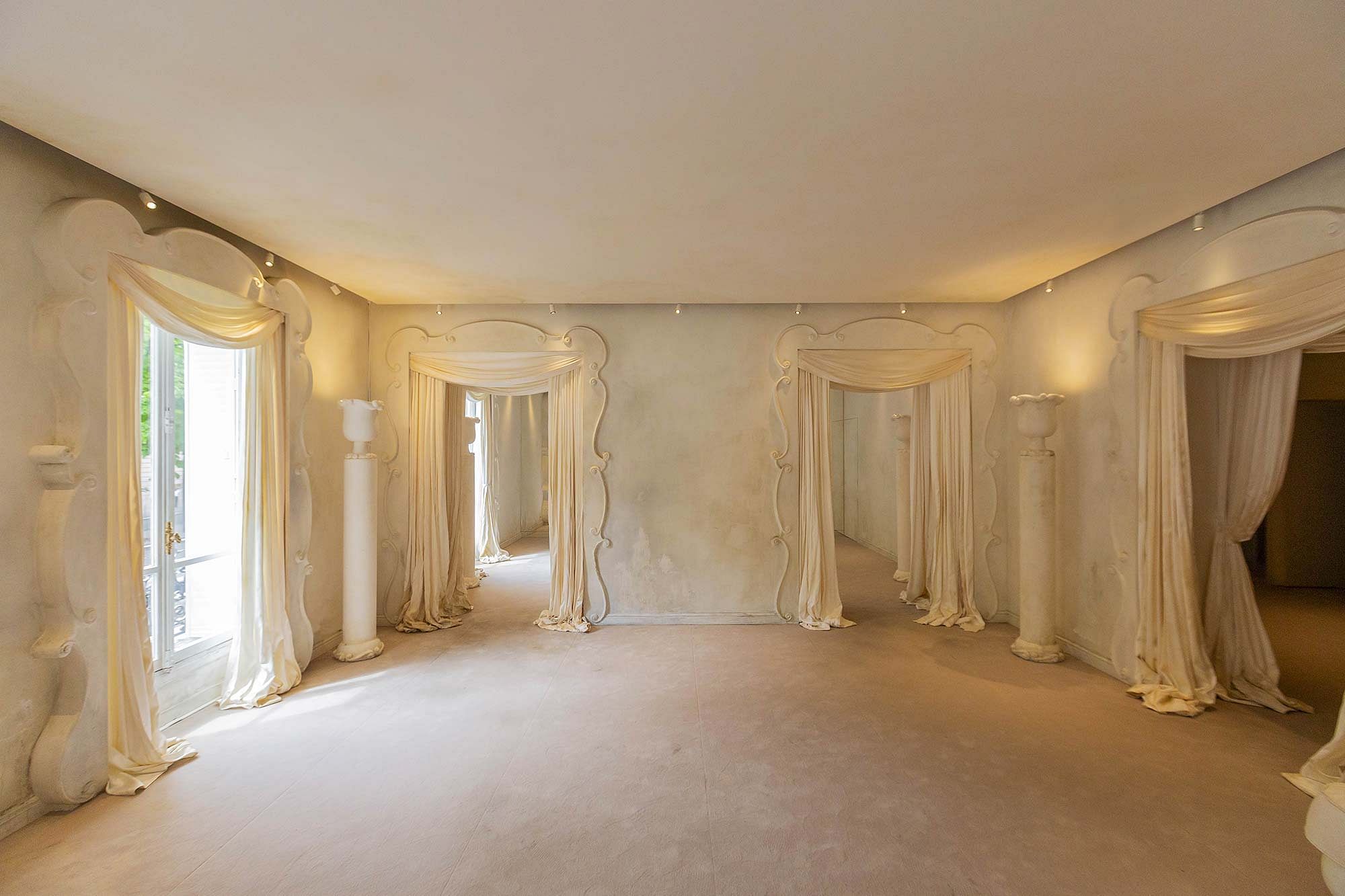
The show was staged in a done-up recreation of the house’s original couture salons on 10 Avenue Georges V in Paris.
It was also the house’s 50th couture collection, and the first since 1967 when it stopped showing after the death of the founder. It’s no stretch to say that Gvasalia himself has become a leader in fashion. His tenure at Vetements shocked the industry into numerous paradigm shifts, and he’s only done more of the same so far at Balenciaga.
This show was also one of the year’s most anticipated, having been delayed before due to Covid-19. That gave the designer about a year to come up with this collection, and just as much time for feverish expectation to build. The results: well worth it.
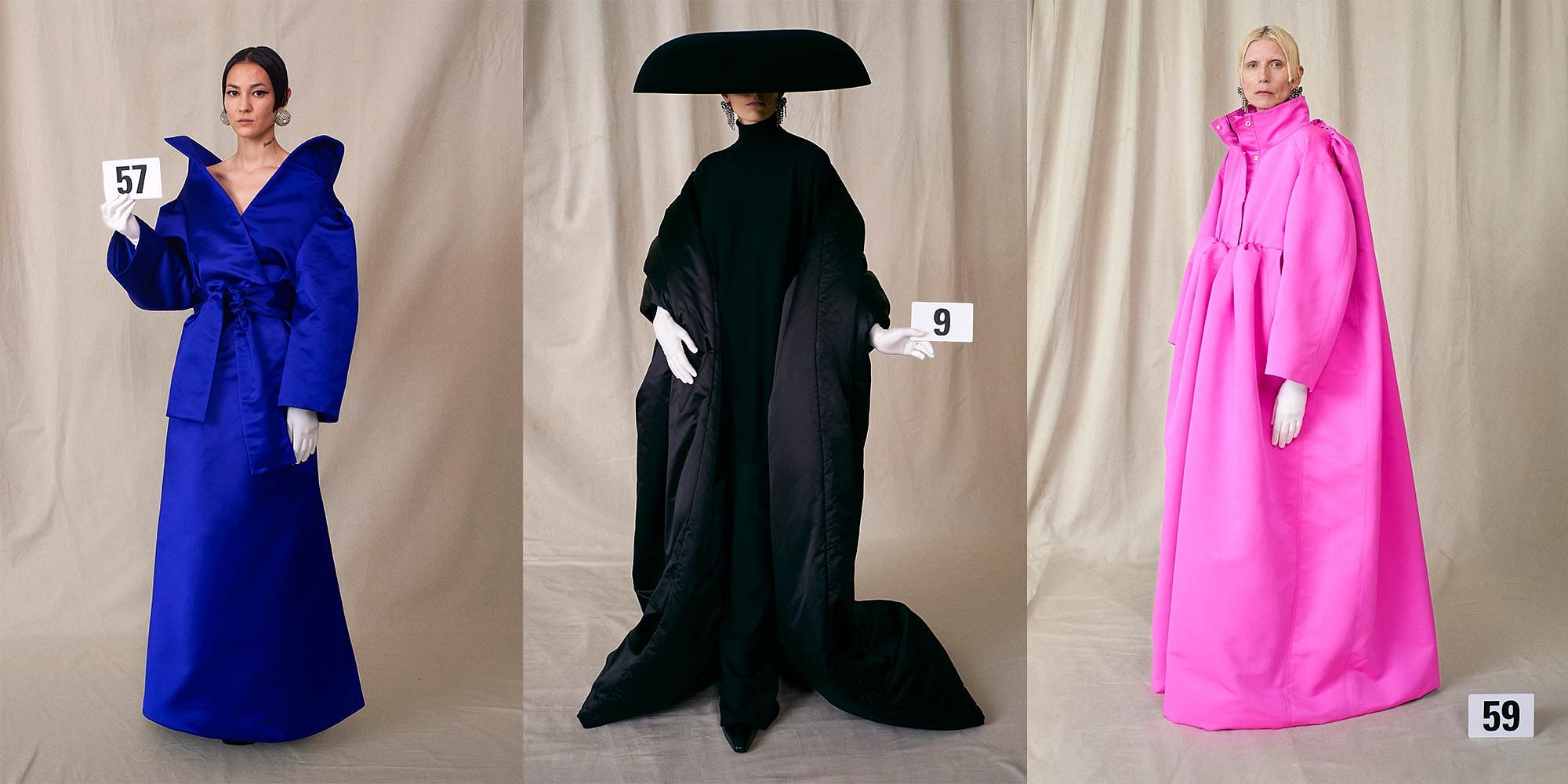
The looks were photographed in the traditional haute couture manner, with a simple card to indicate the look number in the collection.
What was remarkable about this collection was how many of Gvasalia’s familiar silhouettes there were. The broad-shouldered, carefully-oversized tailoring, the innovative construction, swooped back collars and necklines, and a healthy dose of irreverent irony.
In a way, it looked much the same as Balenciaga’s ready-to-wear, except with a much higher level of craft and attention to detail. That was pretty much the train of thought: garments that “defer to the art of savoir-faire while taking an interest in modern dressing”, according to press notes.
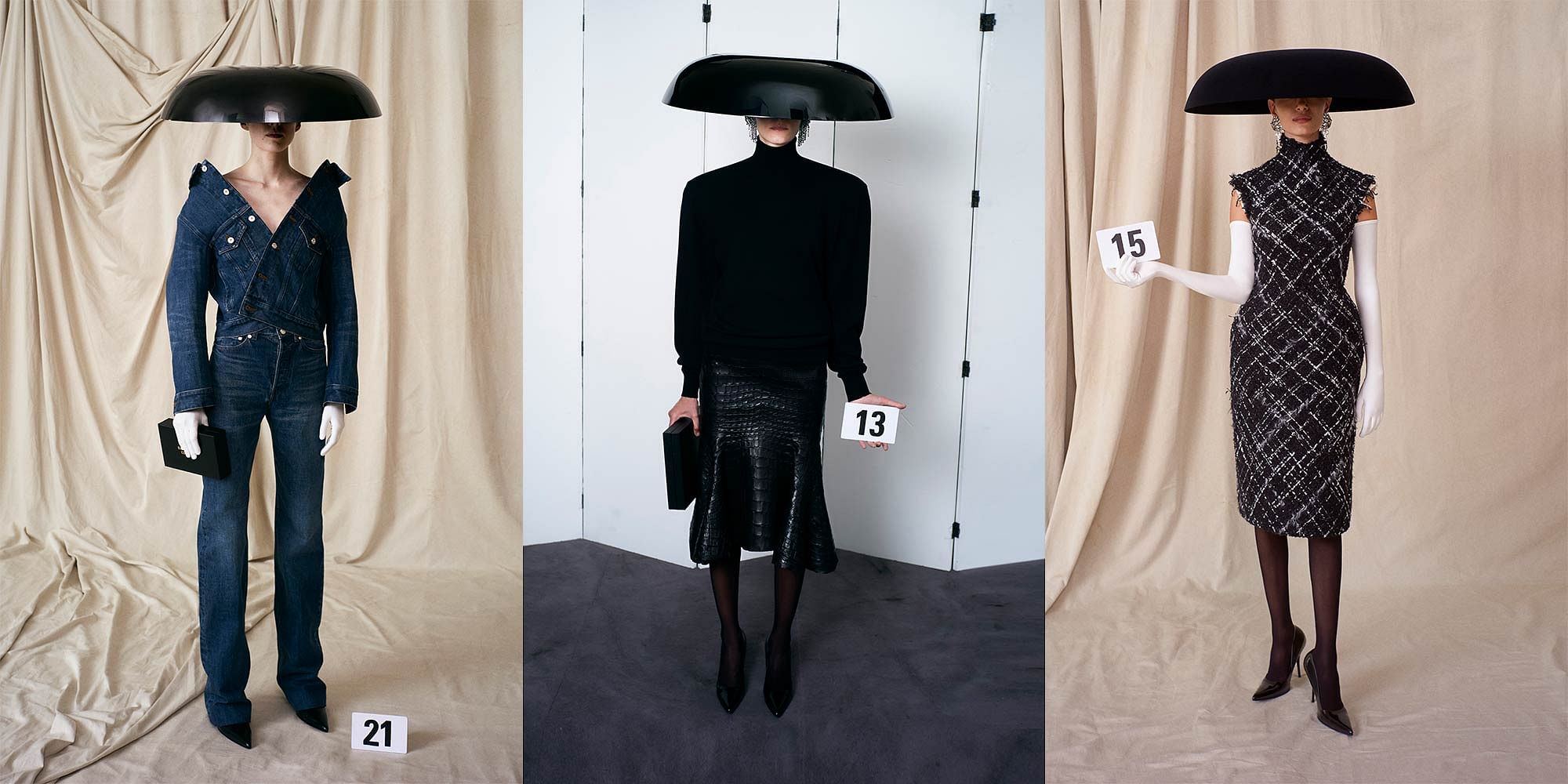
While the initial appearances of some looks may appear straightforward, Gvasalia’s couture is just as richly detailed and carefully hand-crafted as you would imagine from haute couture.
Even the most straightforward-sounding things like denim – a staple of the modern wardrobe – were woven from artisanal Japanese looms. There was a sense of modernity in the surprising fabrications of these clothes, rather like an update to the very materials of couture.
Instead of furs and feathers, the house painstakingly wove together embroidered silk threads to simulate these textures and embellishments. Patterns that looked like crocodile leather were in fact tile-like patches carefully mapped on a computer, then cut and pieced together by hand. And something that looked like a sparkly cable knit sweater was actually made out of aluminium chain.

The masterful textural trickery was accomplished in collaboration with some of the couture business’ most notable crafts workshops and studios. Hats by Philip Treacy; embroidery by Atelier Jean-Pierre Ollier, Maison Lesage, Maison Lemarie and Atelier Montex; and the best fabrics from makers like Dormeuil, Jakob Schlaeopfer, Taroni, Forster Rohner, and many others.
Thrown into the mix of Gvasalia’s deconstructed modern designs were also pieces that looked like they were lifted straight out of the house’s archives. The closing look, for example, was a bride’s dress directly inspired by one of Cristobal Balenciaga’s most iconic designs: a simultaneously monastic and futuristic wedding dress constructed with only one seam.
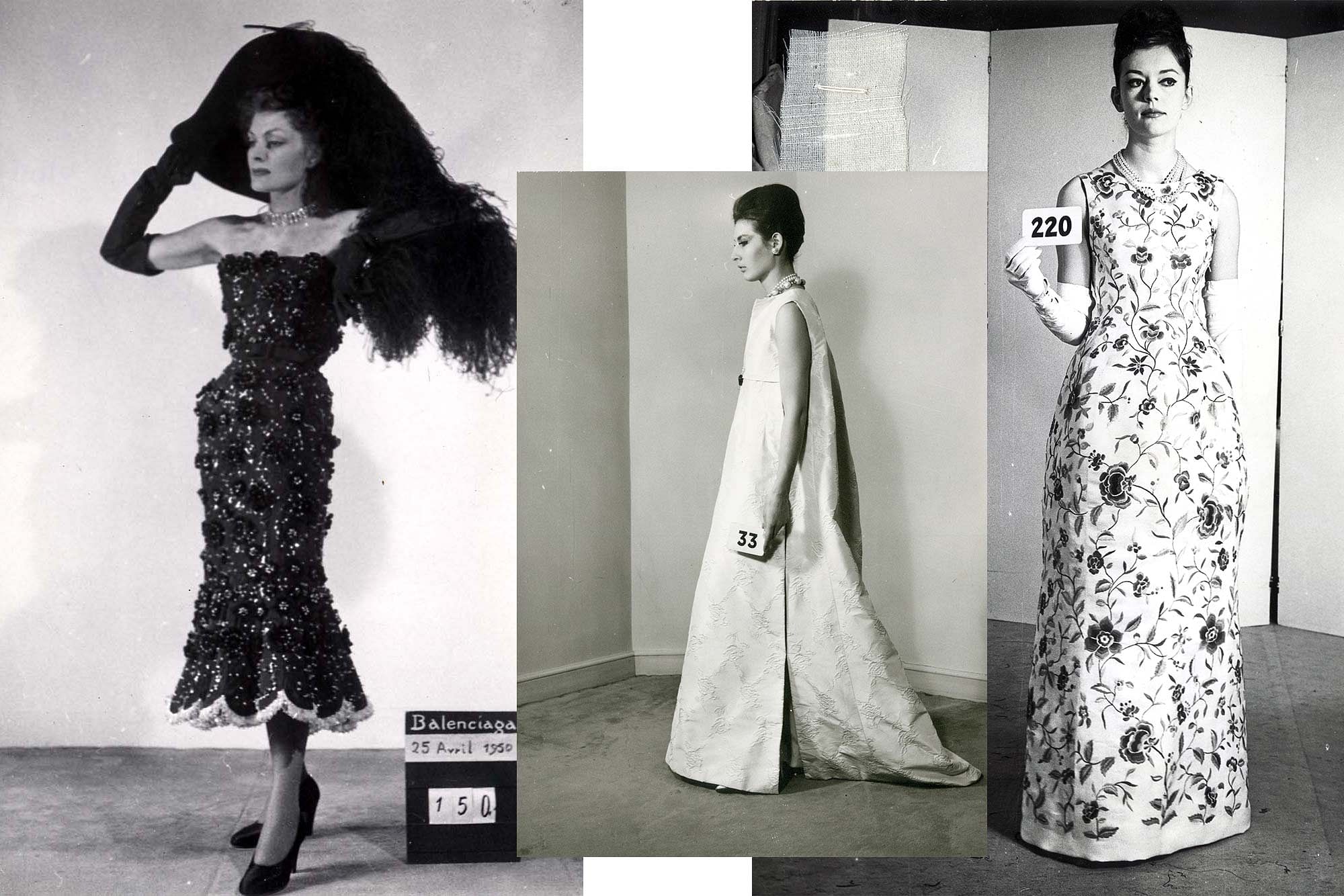
Archival Cristobal Balenciaga designs that inspired this collection. Note the style of embroidery and silhouettes.
It’s a design that’s been immortalised in Irving Penn photographs, and here it was a thrill to see a modern take walk the runway. Other pieces, with updates like hand-printed polka dot patterns to match original designs, beaded embroideries and opera gloves, felt like a loving nod to the enduring elegance of designs over five or six decades old.
But that’s about the past. What’s exciting here is the future. Gvasalia is not the first designer to take on a storied couture house and its legacy. But what he’s shown with this fantastically-controlled and perfectly-measured couture debut is an astounding ability to move the fashion agenda forward.
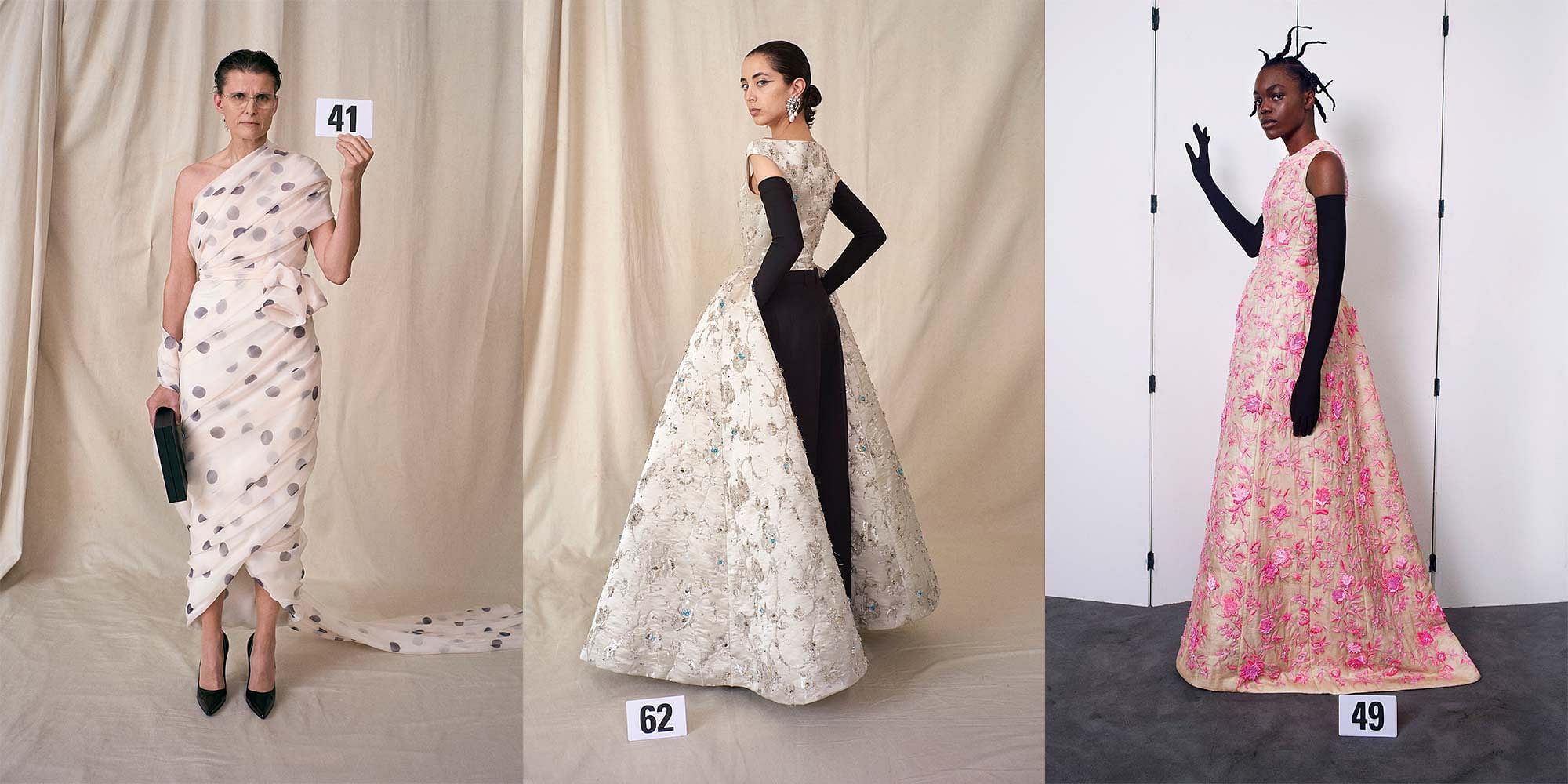
And here: the updated versions of those archival designs by Gvasalia.
Haute couture’s relevance has been questioned for many years – not least because it seems an anachronistic and elitist segment of the industry that serves only the richest – but Gvasalia has swept away the dust and the doubt.
What’s so valuable here are the ideas, and they seem to address questions about the clothes we wear today, what signifies beauty, status and style, and what, in times of flux and change, might be worth holding on to and celebrating.
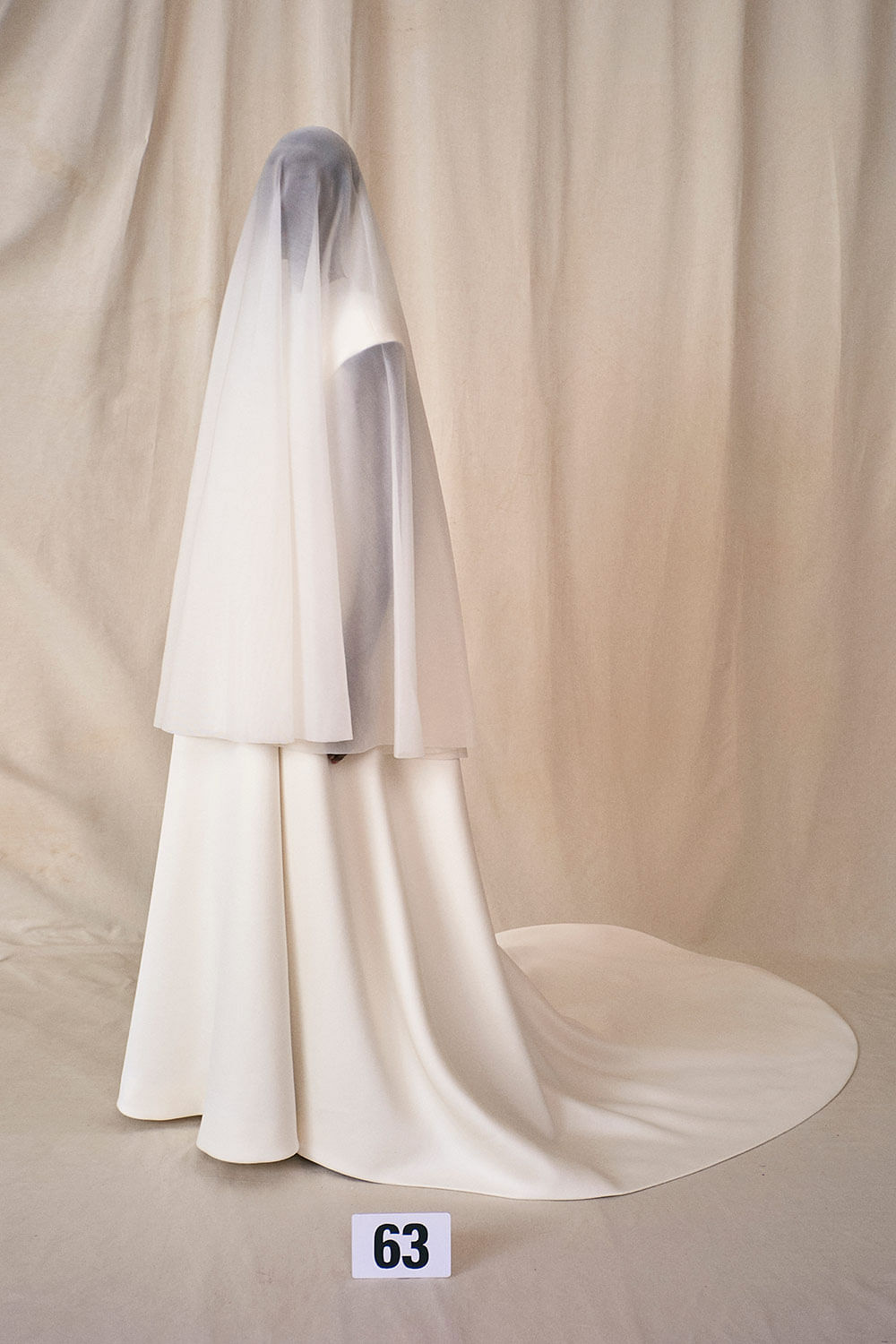
The closing bridal look, a reverent homage to one of Cristobal Balenciaga’s most studied designs.
Gvasalia offered an idea of what that last thing might be in a hand-written letter to accompany the show. Reviving couture, he wrote, was a “creative duty” to this century-old house, and “not only relevant in today’s mass-productive industry, but even absolutely necessary for the survival and further exploration of modern fashion.”








